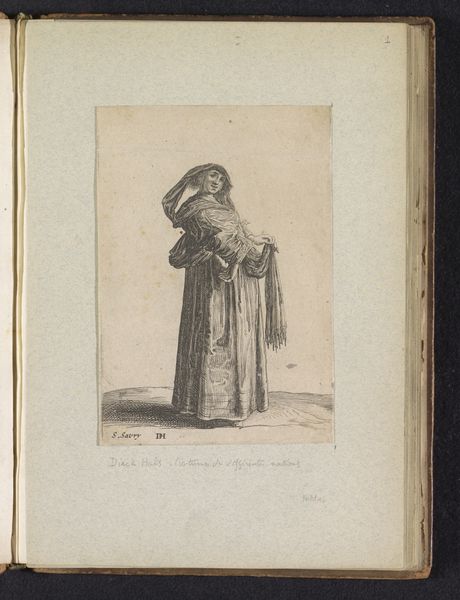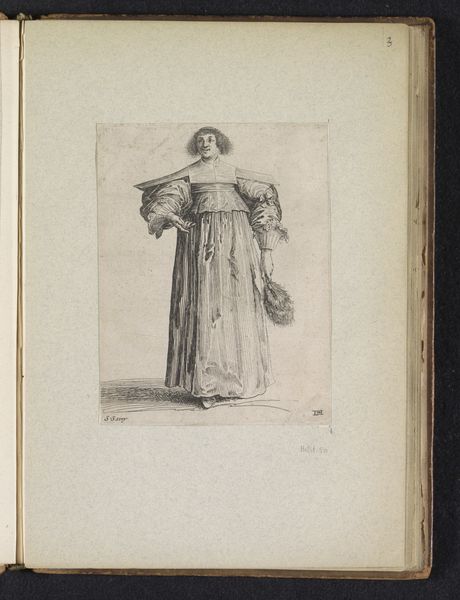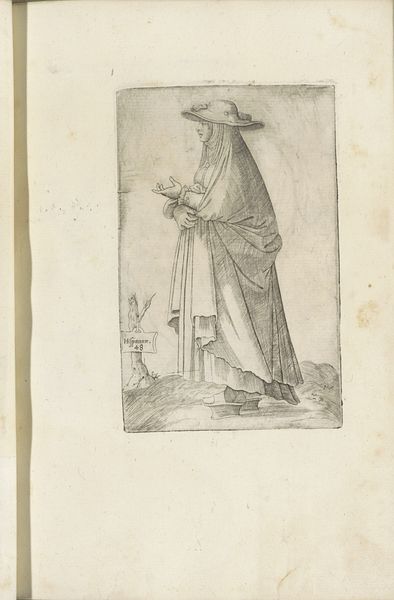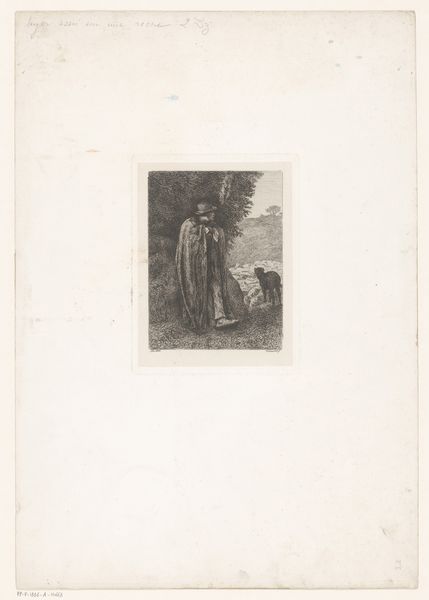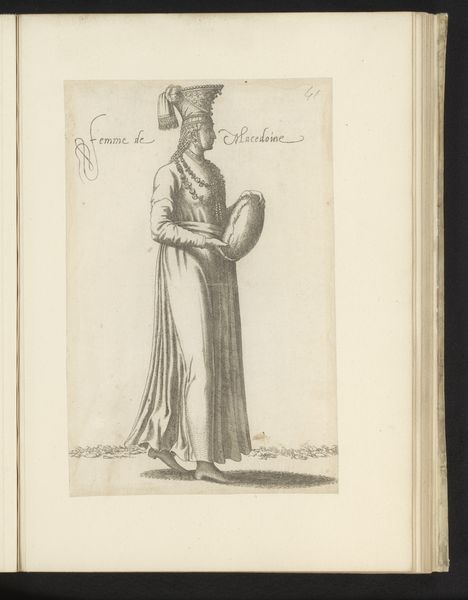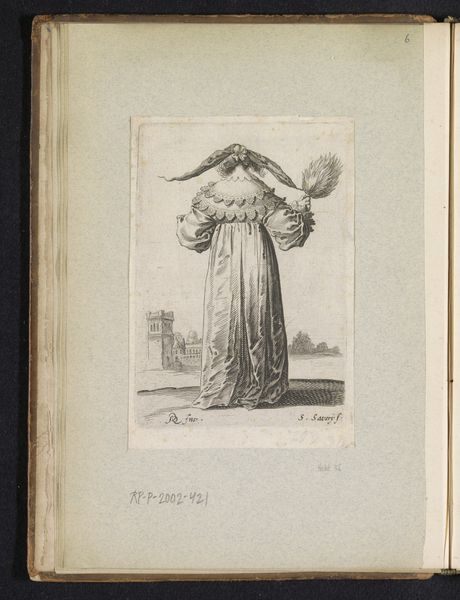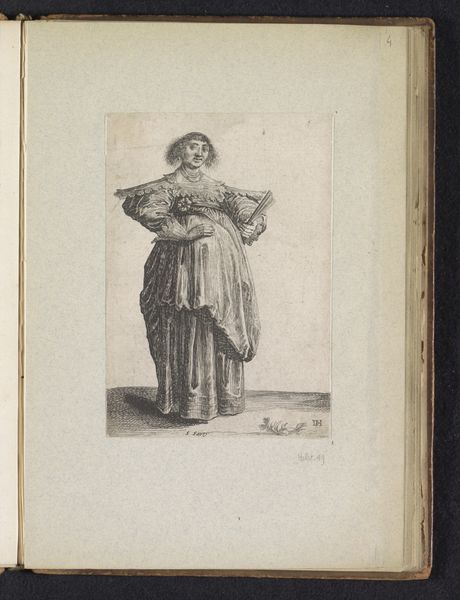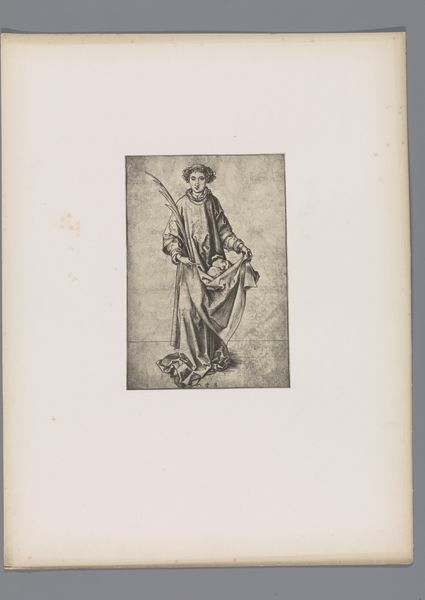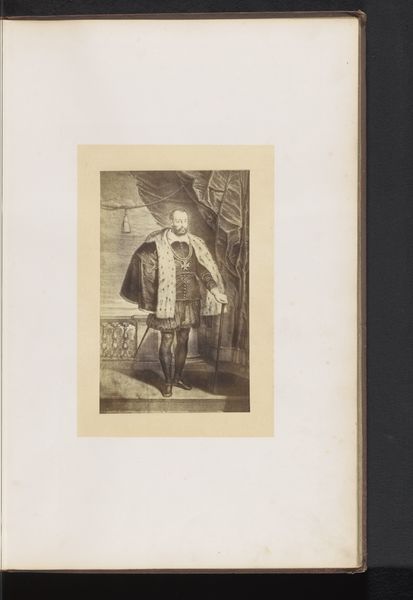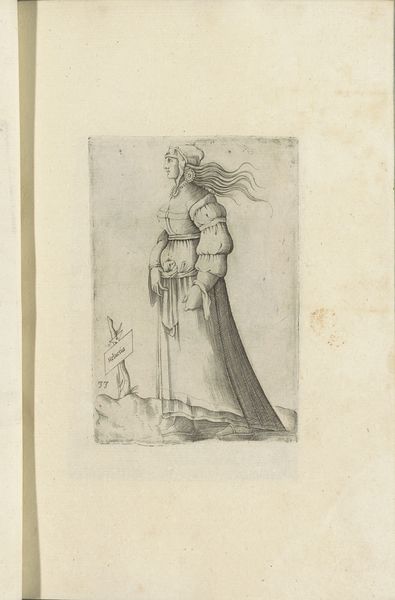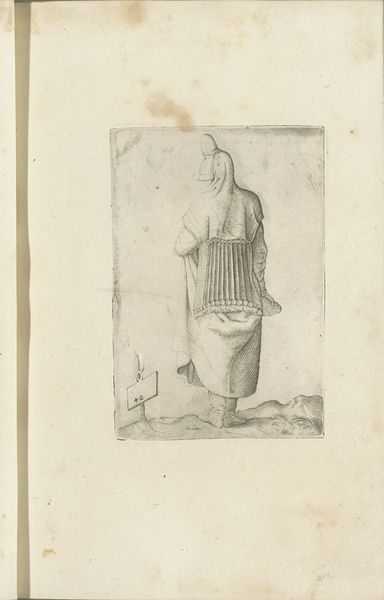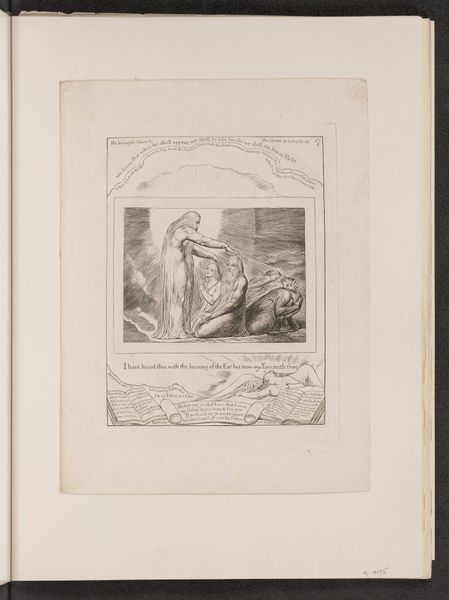
Vrouw, gekleed volgens de mode van omstreeks 1620, naar links c. 1620
0:00
0:00
drawing, paper, ink
#
portrait
#
drawing
#
baroque
#
figuration
#
paper
#
ink
#
coloured pencil
#
genre-painting
Dimensions: height mm, width mm
Copyright: Rijks Museum: Open Domain
Editor: This drawing by Salomon Savery, titled "Vrouw, gekleed volgens de mode van omstreeks 1620, naar links," made around 1620, captures a woman in fashionable dress using ink on paper. I'm immediately struck by how much the outfit communicates; she appears very wealthy and refined, but how did clothing function within Dutch society at this time? Curator: That’s a great starting point! In the 17th century, particularly within the Dutch Republic, clothing wasn’t merely about aesthetics; it was deeply intertwined with social identity and economic status. Savery’s rendering gives insight into the aspirations and self-presentation of the merchant class, where demonstrating prosperity through attire was commonplace. Can you infer anything about the political message of this image, considering the era it was made in? Editor: The woman's clothing suggests that it served almost as a uniform, reflecting social status but not necessarily individual identity? Curator: Precisely! Fashion was carefully policed, both formally and informally. Sumptuary laws, though difficult to enforce, reflected anxieties about social mobility and the blurring of class lines due to growing wealth among merchants. Images like this drawing played a part in defining and disseminating these visual codes. It presented the standard in visual culture during a tumultuous period for Dutch cultural identity. Editor: That's fascinating. So, Savery’s drawing isn't just a depiction of a fashionable woman, but it's also commenting on broader social and political anxieties. It highlights the display of wealth, even during conflict. Curator: Exactly. Furthermore, consider where images like this circulated – perhaps in print form, reaching a wider audience, thus solidifying societal norms through representation. So, the image helps enforce societal norms via widespread circulation of print media. Editor: I hadn't considered how deeply ingrained clothing was within societal structure at that time. This provides a much richer perspective for understanding works like these. Thank you. Curator: And thank you; thinking about this woman's dress gives another access point into better understanding the cultural and economic moment within which this portrait was created.
Comments
No comments
Be the first to comment and join the conversation on the ultimate creative platform.
